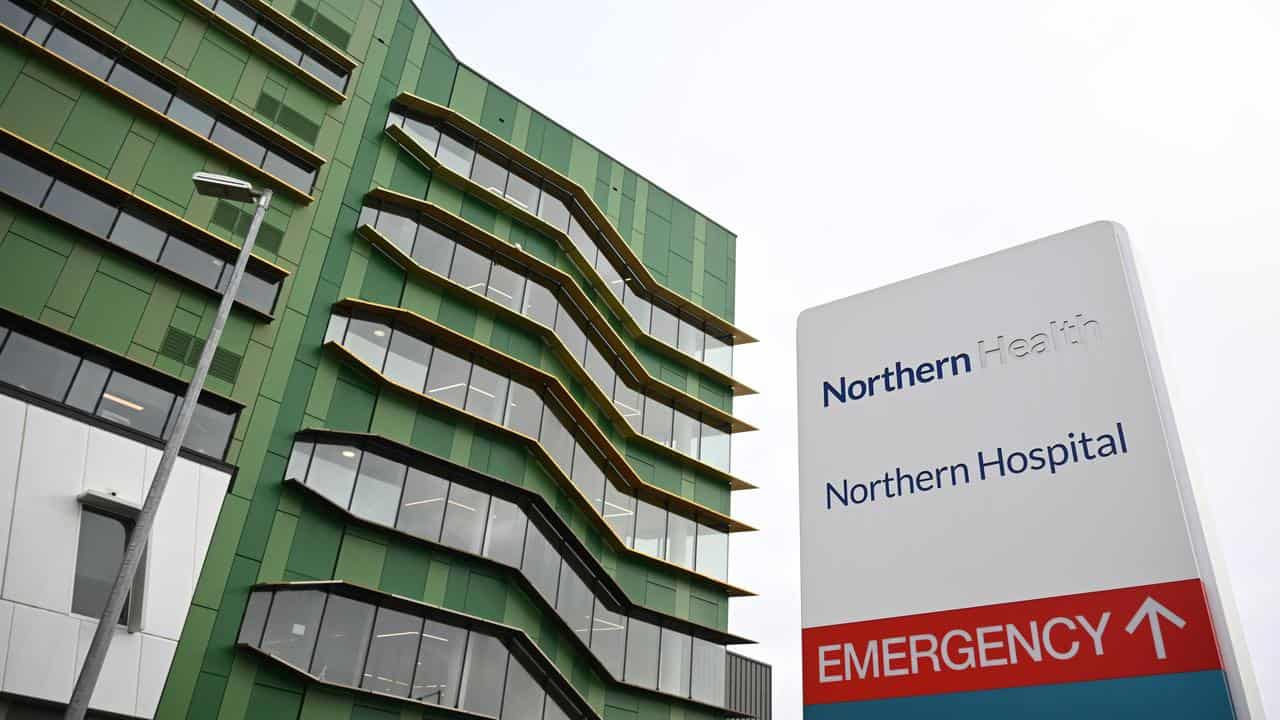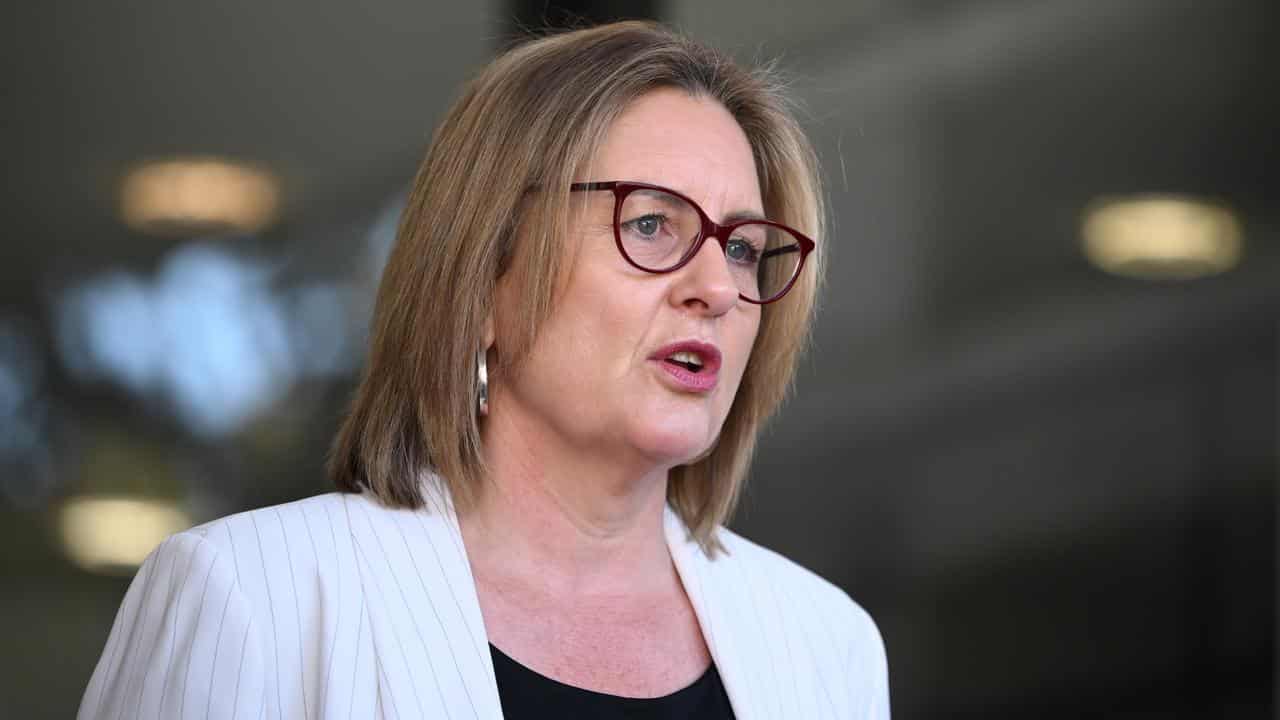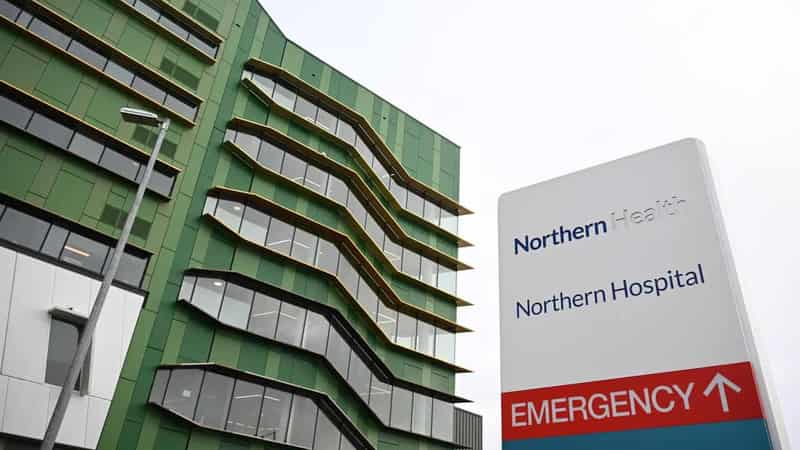
Housing developers will be forced to fund public schools, hospitals, roads and transport across Victoria but there are concerns a statewide charge could make homes more expensive.
With her government's third housing policy announcement in as many days, Premier Jacinta Allan has flagged a pilot infrastructure contribution program for developers.
The trial won't be rolled out until January 1, 2027 after the next Victorian state election in November 2026.

It will initially be limited to the first 10 designated Melbourne "activity centres" in Broadmeadows, Camberwell, Chadstone, Epping, Frankston, Moorabbin, Niddrie, North Essendon, Preston and Ringwood.
The premier said current contribution arrangements for developers were "complex, inequitable and unfair" and an "administrative nightmare" that can slow down building homes.
"There is something like 43 of the 79 local government councils across the state that collect these developer contributions," she told reporters on Tuesday at Wollert in Melbourne's outer north.
"But they collect them in a whole range of different ways ... they can be different from one block of land to the next."
Ms Allan said the development industry recognised the infrastructure contribution landscape needed reform, with a working group to report to back to government with model options by March 2025.
Planning Minister Sonya Kilkenny said the aim was to create a simplified regime to eventually be rolled out statewide.
Ms Kilkenny said it was fair that developers contributed to give all communities' infrastructure and services funding certainty.
There is currently no streamlined mechanism to collect development contributions for state infrastructure such as public transport, schools and hospitals.
Developers make a one-off payment toward essential state infrastructure in most of Melbourne's greenfield suburbs under the Growth Areas Infrastructure Contribution.
Other schemes are mainly used to fund local government infrastructure.
It is estimated the contribution pays for just 15 per cent of the state infrastructure and services needs of those areas, though another $150 million is set to be dished out from 2025.
A 2023 report from Infrastructure Victoria highlighted seven local councils home to Melbourne’s greenfield suburbs accounted for 50 per cent of Victoria's population growth over the past decade.
The trend does not bode well for a Victorian Housing Statement target for 70 per cent of new homes to be built in established areas, with the state's population expected to hit 10.3 million by 2051.
Opposition housing spokesman Evan Mulholland said infrastructure should be ready before residents move in to new homes and suggested the statewide charge would be passed on to buyers.
"The government has completely botched the delivery of new growth areas," he said.
"They want to take that failure and apply it statewide, which means the cost of building new homes will have to go up."
The infrastructure contributions overhaul follows an immediate 12-month expansion of stamp duty concessions and a contentious plan to seize planning control of some of Melbourne's most affluent suburbs to increase density.
The Victorian Greens seized on a declaration from property industry analysts Charter Keck Cramer that prices must rise at least 15 per cent to encourage developers to build new high-density homes.









